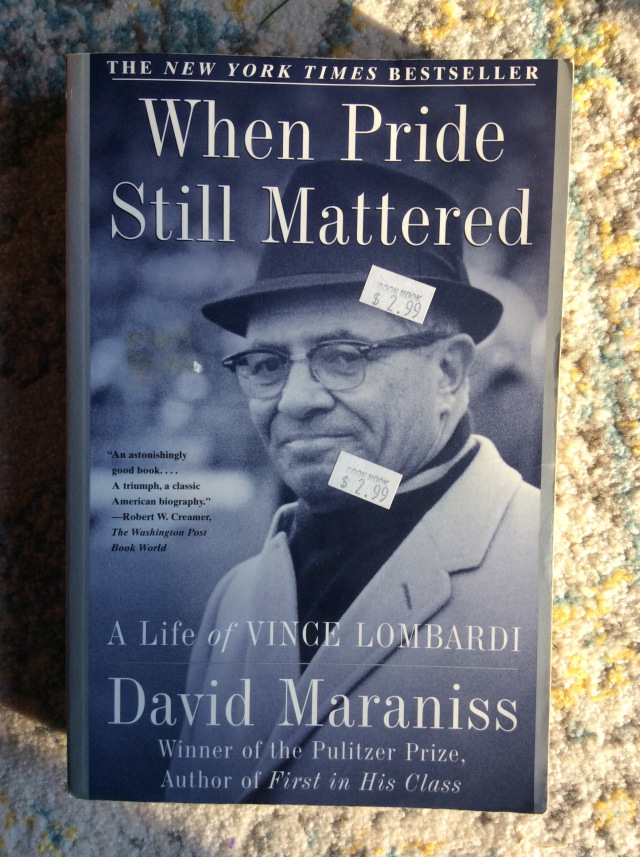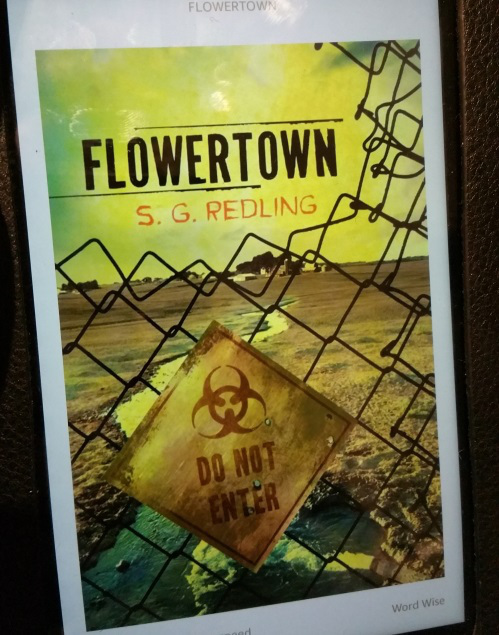

★★★
Although this is the second novel I’ve read by Anita Amirrezvani, it was actually her debut, which drew on her rich Iranian heritage to create a story of love and loss set in dazzling 17th-century Isfahan. It’s a tale of overlapping relationships, largely between women: those between mother and daughter; between friends; and between an established woman and her poor relations. But, most of all, it’s a tale of craftsmanship – of carpets: the sumptuous Persian carpets designed by masters in the workshops of Isfahan and knotted with painstaking patience, which are splendid enough to be venerated as works of art in themselves.
We never learn our narrator’s name: a conscious decision, writes Amirrezvani in her author’s note, to equate this talented young woman with the anonymous Iranian artisans who so rarely signed their work. She has grown up in a small village, the only daughter of loving parents; but when her father dies, she and her mother are left penniless and without the protection of a male guardian. Rescue comes in the form of an invitation from her father’s half-brother Gostaham, urging them to stay with him in Isfahan. Their journey brings our narrator into a world of marvels: a city beautified by Shah Abbas, in which the bazaars overflow with spices and luxuries, while at its heart lies the great square known as the ‘Image of the World’. Even her uncle Gostaham, a master weaver of carpets, lives in comfort that would have been unimaginable in the narrator’s village.
Yet splendour is nothing without warmth, and that’s what’s lacking in the narrator’s new home. She and her mother fall under the authority of Gostaham’s wife Gordiyeh, a tight-fisted and shrewish woman who resents the sudden arrival of two socially embarrassing provincial relatives. Our narrator and her mother do all they can to efface themselves, but the hard truth is that they find themselves more servants than guests. The narrator’s only pleasures are twofold: first, the friendship that she makes with Naheed, daughter of one of Gostaham’s wealthy clients; and, second, Gostaham’s readiness to teach her about carpet weaving. Already a gifted knotter, she progresses to designing and overseeing the manufacture of carpets, learning to understand the importance of arranging colours, the symbolism of patterns, and the vagaries of fashion.
For me, the story was interesting in the way it opened up the closed world of women in 17th-century Iran, and unpacked its rich and subtle jumble of relationships. With no father or brother, our narrator is at the mercy of her aunt and uncle (or rather, her aunt, since her infatuated uncle follows her in everything). And so she finds herself bound into a most unusual arrangement, through which Gordiyeh hopes to please an important client. The handsome young gentleman Fereydoon asks to enter into a sigheh with our narrator: a kind of temporary marriage contract, valid for three months at a time and regarded as inferior to the permanent marriage contract made with higher-status wives. It’s a move that will lead our narrator through a maelstrom of feelings, and ultimately lead her to take control of her own life.
Set in the 1620s, this was an absorbing glimpse into a world of which I know next to nothing. I thought that the anonymous narrator was more engaging than Pari in Equal of the Sun, although the novel occasionally erred too much on the side of romance. Fittingly, the main story is woven through with snatches of Iranian fairy tales, and there are hints of fable about the central plot: the girl whose father dies, cast on the mercy of a wicked aunt. Nevertheless, it’s full of colour and poignancy: those fairy tales emphasise the disconnect that many women found between the romance of old stories and the cruel realities of life. I’m now keen to find more books set in Isfahan and early modern Iran, to gain a better picture of this sophisticated and cultured society. Any recommendations?
Buy the book
Share this:






